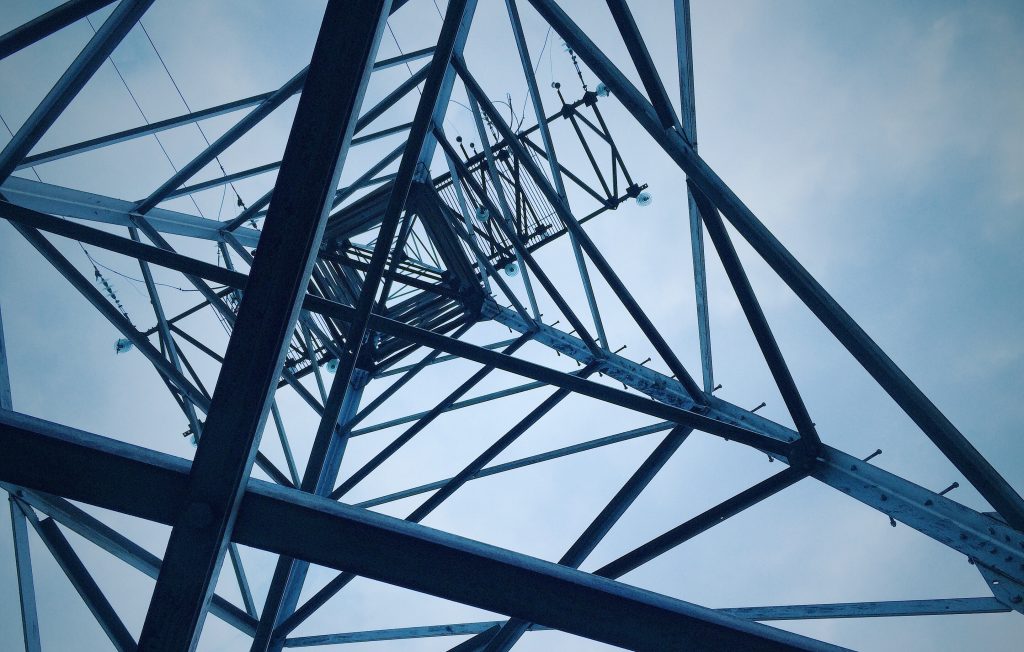The System that Saved This IT Company a Lot of Money
By Prethiba Esvary, Marketing and Communications Executive, Lava Protocols
You’re going to be five minutes late to a client meeting. You take your phone out to place a call to inform them of your late arrival, only to realise you have one bar on your phone. WHAT? It’s not like you even left the city!
I’m pretty sure all of us have been in a situation where we are on an important call, and suddenly the signal turns bad. We then walk to a different location or switch our data off and on till the world is back to normal and our phones are working.
How They Work
Those tall, eiffel-tower looking metal structures you see as you are driving on long highways, is what controls the strength of our phone signals. When you make a call, radio signals are sent from your phone to the nearest tower, goes to a switching centre, and finally to your receiver, and vice versa. To think all this happens in split seconds!
If you’re a company like Maxis or Digi, and you have millions of users relying on your network, you’re going to want to ensure those cell towers are strategically located, well maintained, and are constantly being upgraded to increase signal receptivity and speed. Especially with the growing number of mobile phone users in Malaysia.

Operators Behind the Scenes
Enter our client. They are a telco service provider responsible to maintain and upgrade cell towers for various telcos in Malaysia. In case you didn’t know, there are approximately 22,000 cell towers in Malaysia, according to a 2018 article by The Edge Markets. The same report indicated that prominent telcos such as YTL Communications owned 5,000 towers and Maxis had about 3,800 towers. That’s a lot of towers to manage.
Our Client’s Struggles
1. Difficulty in tracking the progress at each stage of a project
Daily, our client would receive updates from their telco clients on escalated issues, hardwares required, etc. pertaining to the maintenance and upgrades to particular cell towers. This information is received via email with an excel sheet attached. With the back and forth process involved between different individuals, there was risk of data loss and inaccuracy.
2. Inconsistent report formats from vendors
Our client then relays the project details to their vendors, who then visit the cell towers to execute the task. The vendors come back and submit reports to our client. Project managers then go through the painstaking process of amending these reports to ensure the format and data are accurate. This process repeats itself for every upgrade/ maintenance.
3. Manual calculation process
Upon collecting raw data from the cell towers, vendors would conduct manual calculations (to get radio frequencies) and would submit pages and pages of excel sheets to our client for review. That’s just from one vendor. Our client had to sift through a lot of data from multiple vendors and accuracy was questioned.
These struggles compromised on their projects’ deliverability. In the telco industry, when you miss your targets/ KPIs, it means you lose a lot of $.
The Answer to their Problem
They approached cloud service provider, Lava Protocols, for a solution. They basically needed a SINGLE system where they could receive data from various stakeholders, and monitor progress and status all the way from project creation to completion.
1. Tracking and automation
Using Salesforce’s Force.com, data from both telcos and vendors were automatically synced into our client’s Salesforce system and status of projects would be automatically updated. This eliminates the need for back and forth emails, and for every department in the company to update the project status. Every department now has a 360° view of every single project, from a single system.
2. Standardised reports
Once vendors have completed their tasks, all they have to do is log into Salesforce Community — which is integrated into our client’s Salesforce system — and input relevant data and images. From there, PDF reports are auto-generated. This removes the burden that project managers had previously when they had to correct ALL the different report formats from different vendors, and check for accuracy of data.
3. Automated calculations
As for the manual calculations, an automation was put in place by Lava Protocols to automate the calculation process. This removed the manual process required on the vendor’s end, and also simplified the work of our client as they now receive ONE excel report in Salesforce and the results (frequency calculations) have a higher degree of accuracy.
Read this: How Salesforce’s Cloud Differs From Other Clouds
The Result
As a result of the Salesforce implementation and putting in place the right automations, our client is now able to get a 360° view of projects from one system, standardise reports, and reduce a huge chunk of manual process involved in calculations.
This sped up their processes, reduced risks of data inaccuracies and data loss, enhanced productivity, and overall, improved their project’s deliverability.
If that’s not impressive, then I don’t know what is.
——–
For full details on Salesforce implementation in an IT company, click here.
If you’re looking for cloud services, look no further. Lava has more than a decade of experience in cloud solutions which includes marketing automation, CRM implementation, change management, and consultation. We pride ourselves in not just being a CRM partner but in also understanding the needs of our customers and taking their business to the next level
